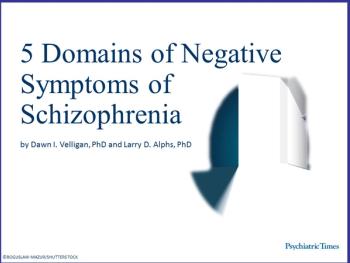
Negative symptoms identified from the Negative Symptom Assessment and the behaviors that might be observed in each of 5 domains.

Negative symptoms identified from the Negative Symptom Assessment and the behaviors that might be observed in each of 5 domains.
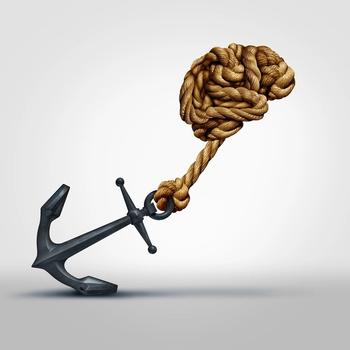
The cases presented here illustrate the complexities of memory loss and psychiatric comorbidities.
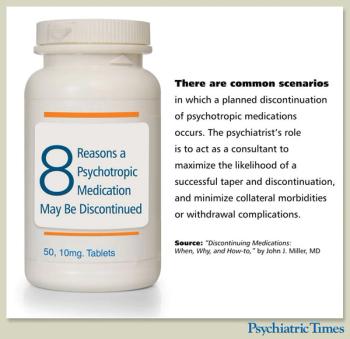
Tips for having a balanced and comprehensive risk-to-benefit discussion with competent patients who want to stop their medications.
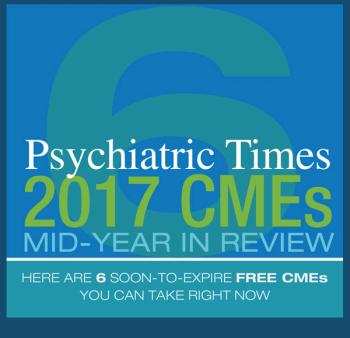
Here is a rundown of 6 soon-to-expire free CME activities you can take right now.
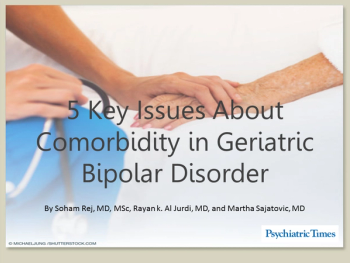
Clinicians need to consider and manage multiple medical and cognitive comorbidities when working with the elderly population. This slideshow provides an overview of key points relevant to geriatric bipolar disorder as it relates to comorbidity.
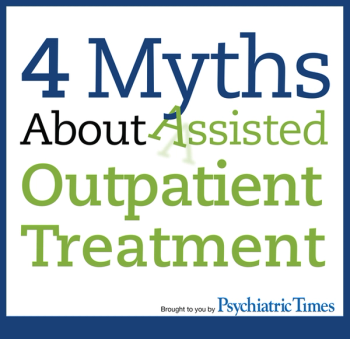
After lounging on the doorstep of respectability for the past decade, assisted outpatient treatment is here to stay. But some still balk at the notion.
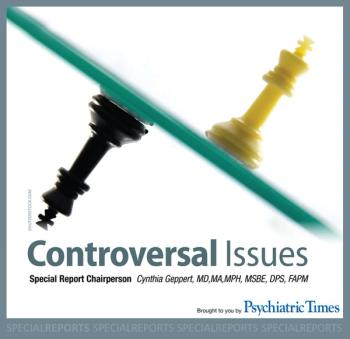
Strong evidence supports sound arguments on each side of 3 debates covered here-so get in there and fight nice.
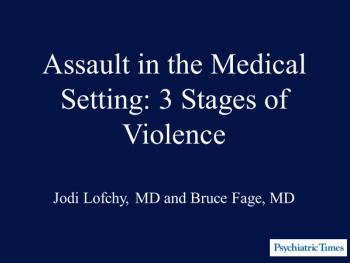
When clinicians work without ready access to a security team or environmental safety protocols, early recognition is crucial to preventing or avoiding those rare occasions when behavior problems escalate.
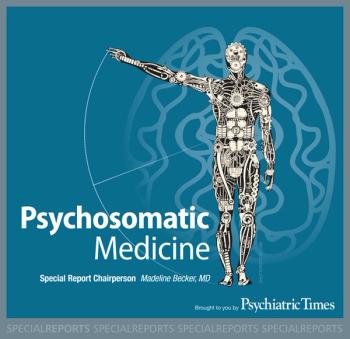
An update on emerging trends in psychosomatic medicine to help clinicians address mental health stressors in psychiatric and medical settings.
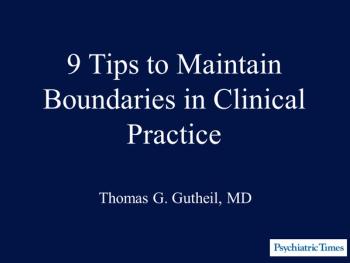
The points summarized in this pocket guide-drawn from actual cases-recur repeatedly as problems for practitioners.

Has DSM-5 made diagnosis of bipolar disorder more difficult? Answers to this and 5 other questions.
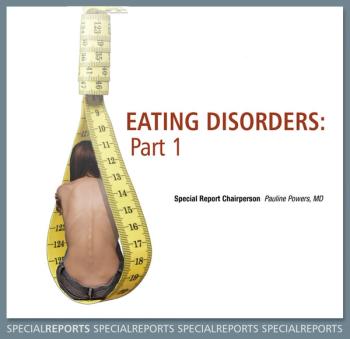
Leaders in the field provide specific, effective interventions for these debilitating disorders.

Concerned about daylight savings time? This patient handout offers tips for getting a good night's sleep.
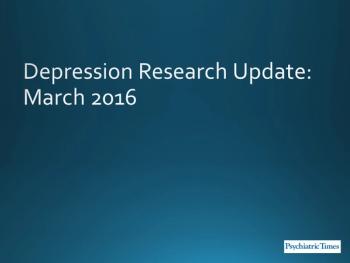
The guidelines and research discussed in this slideshow assess the benefits of various therapies for depressive disorders.
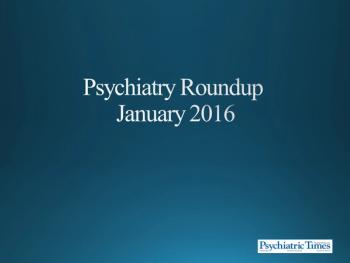
Editors' picks, including the biggest story of the year thus far and others of interest to psychiatrists and the public.
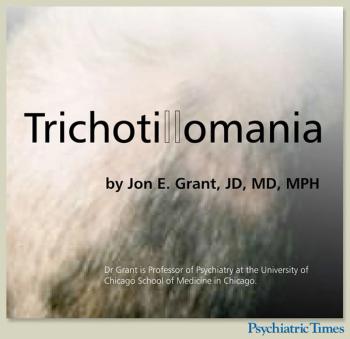
Hair-pulling can be associated with depressive symptoms and anxiety. While treatment is often elusive, some therapies have been found to be effective. This slideshow reviews noteworthy studies for clinicians to review.
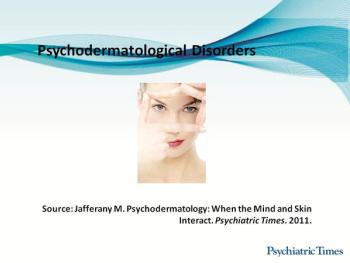
There is no universally accepted classification of psychodermatological disease, but this slideshow serves as a general overview of these disorders.
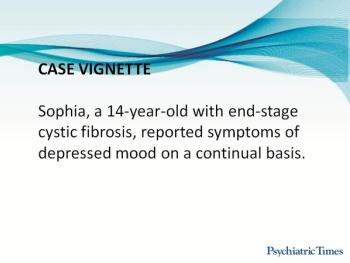
This case of a 14-year-old female patient with end-stage cystic fibrosis illustrates the psychiatrist's critical role in ensuring quality end-of-life care.
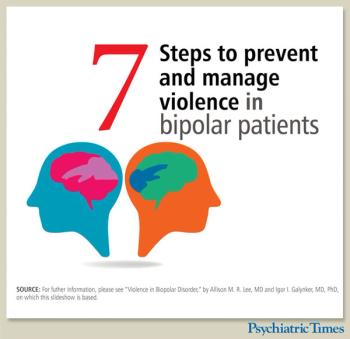
The bipolar diagnosis introduces some unique aspects to violence prevention and management, although the general principles are similar to those for patients with other psychiatric disorders. More in this slideshow.

Whether by traditional means or via cyberspace, bullying and peer victimization put adolescents at increased risk for suicide, especially when comorbid psychopathology is present.
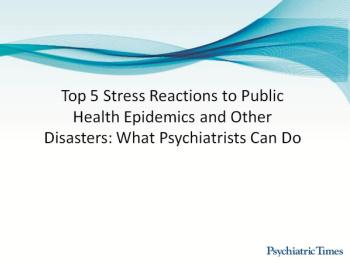
People experience a spectrum of reactions as a result of epidemics, such as Ebola, and disasters, such as weather-related events. Psychiatrists can provide interventions for those who are in distress with a special focus on mitigating these disaster stress reactions.

Despite the growing body of evidence that supports the existence of a specific epidemiological, genetic, and neurobiological relationship between OCD and schizophrenia, the association remains poorly understood. Here, a brief overview.

Given the greater frequency of depression than manic episodes in bipolar disorder, what clues indicate bipolar disorder rather than unipolar depression?

Most patients with psychiatric diagnoses present with sleep disturbances that can have as great an impact on health-related quality of life as the mental illness itself. Here are tips on treatment and chronotherapeutic applications for major depression and other disorders.
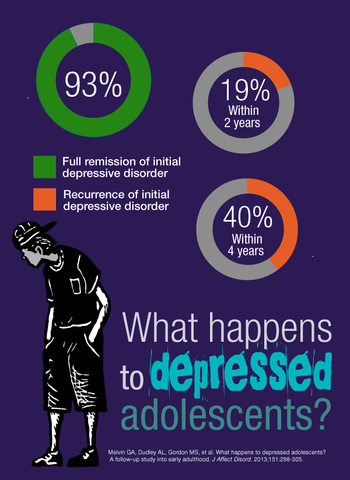
The high rate of recurrence of depressive symptoms and ongoing psychosocial challenges point to the need for a longer-term view of the management of adolescents with depressive disorders.